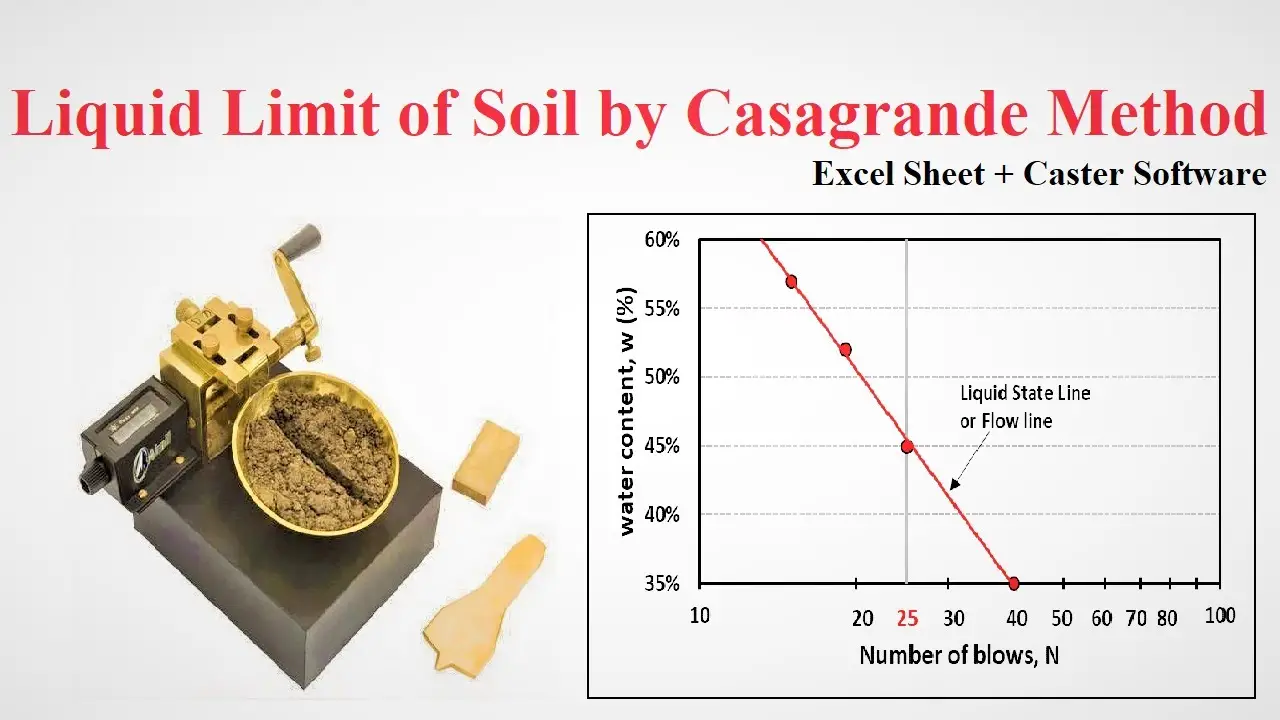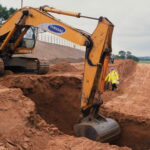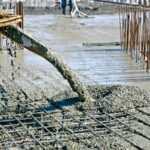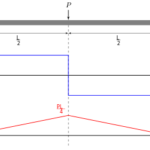The liquid limit of soil is a measure of the moisture content at which soil transitions from being a solid to a liquid. It is an important property of soil as it affects the soil’s engineering properties and its ability to support structures.
To determine the liquid limit of soil in the laboratory, a standard procedure is followed. The first step is to prepare the soil sample by thoroughly mixing it and reducing it to a uniform consistency. Next, the soil sample is placed in a liquid limit device, which consists of a horizontal groove on a brass block. A spatula is used to spread the soil uniformly over the groove.
The next step is to perform the liquid limit test. The sample is repeatedly sheared using a device called a Casagrande Apparatus. The number of blows required to close the groove to a certain depth is recorded. This process is repeated for different moisture contents of the soil sample until a flow curve can be plotted between the number of blows and the moisture content.
To calculate the liquid limit, the flow curve is used to determine the moisture content at which 25 blows are required to close the groove to a certain depth. This value is taken as the liquid limit of the soil.
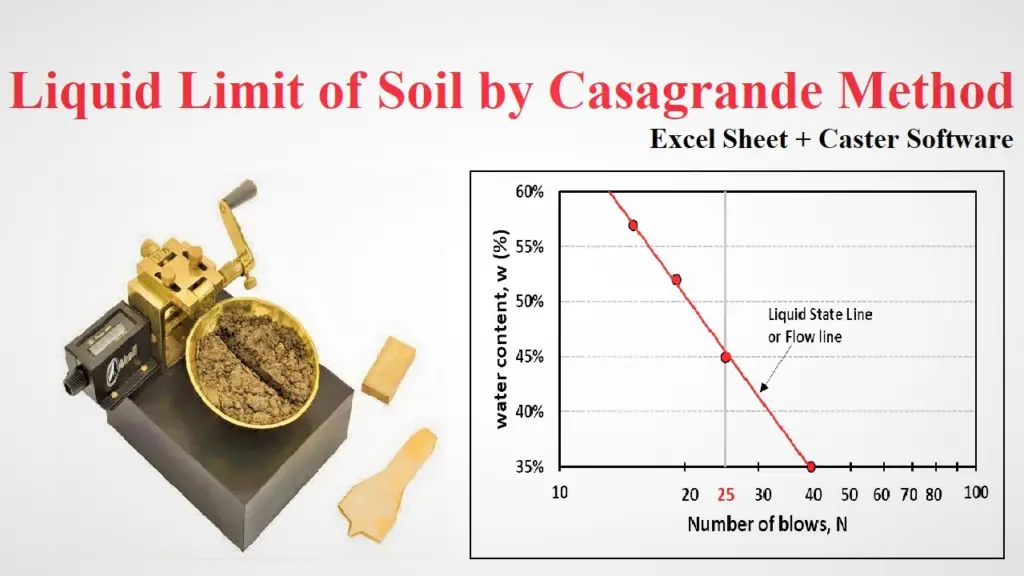
Importance of Liquid Limit of Soil
The liquid limit of soil is an important property as it determines the soil’s behavior under different moisture conditions. It helps in the design and construction of foundations, roads, and other structures. A soil with a high liquid limit is more prone to plastic deformation and can be less stable than a soil with a low liquid limit.
In conclusion, the liquid limit of soil is an important property that affects the engineering behavior of soil. It is determined by performing a standard liquid limit test in the laboratory and plotting a flow curve between the number of blows and moisture content. The liquid limit is an important factor in the design and construction of foundations, roads, and other structures.
Liquid Limit of Soil Calculator
Moisture Content at 25 Blows: %
It is a simple and most accurate calculator that just asks you to enter the moisture content and number of blows for the soil sample. It will automatically plot the graph and show the moisture content corresponding to 25 blows of Casagrande apparatus (i.e. liquid limit).
Prepare Sample for liquid limit
To prepare soil sample for liquid limit test, follow these steps:
Like Us on Facebook!
- Obtain a representative soil sample. This should be done by collecting soil from several depths and locations in the field, and then thoroughly mixing the samples together. The sample should be air-dried and passed through a 2 mm sieve to remove any large particles.
- Weigh out approximately 50 grams of the soil sample. This is the amount of soil that will be used for the liquid limit test.
- Place the soil in a liquid limit device (also known as a Casagrande cup). This is a specialized cup with a grooved base that is used to spread the soil out in a thin layer.
- Add a small amount of water to the soil in the cup, and mix it thoroughly with a spatula. This will help to soften the soil and make it easier to work with.
- Using the spatula, spread the soil out in a thin layer across the grooved base of the cup.
- Repeat the process of adding water and mixing until the soil reaches a consistency that is suitable for testing. The ideal soil consistency for the liquid limit test is a stiff, plastic-like material that can be molded but does not slump or flow easily.
Once the soil sample is prepared, you are ready to proceed with the liquid limit test. This involves using a standardized number of blows with a standardized weight to determine the moisture content at which the soil will flow. The resulting data can then be plotted on a graph to create the flow curve between the number of blows and the moisture content. This curve can be used to determine the liquid limit of the soil, which is an important parameter for understanding the soil's engineering properties.

